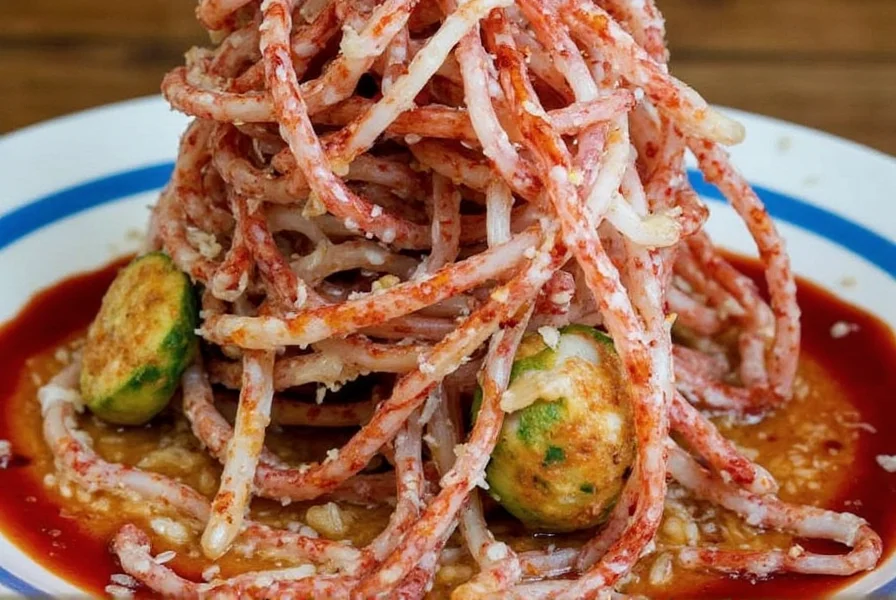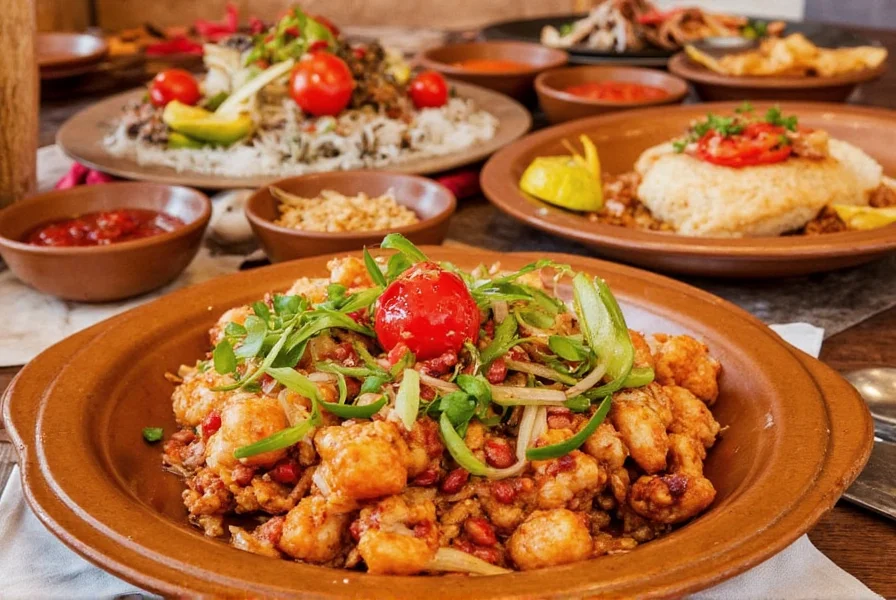The Pink Peppercorn Restaurant: A Flavorful Journey for Spice Lovers and Gourmands
Spice lovers, prepare your palates. Welcome to a world where pink peppercorns take center stage — not just as a garnish, but as the heart of a culinary experience like no other. Whether you're a seasoned chef or a curious foodie, the pink peppercorn restaurant offers an unforgettable adventure in flavor, elegance, and spice sophistication.
Table of Contents
- What is Pink Peppercorn?
- Why Is It Popular?
- The Pink Peppercorn Restaurant Experience
- How to Incorporate Pink Peppercorn at Home
- Buying Guide: How to Choose the Best Pink Peppercorns
- Conclusion
What Is Pink Peppercorn?
Pink peppercorn isn’t actually a true pepper. While black, white, and green peppercorns come from the Piper nigrum plant, pink peppercorns are the dried berries of the Schinus terebinthifolius, also known as the Brazilian pepper tree. Native to South America, these peppercorns have a delicate, fruity aroma with a hint of resin and a mild heat that’s far less aggressive than black pepper.

Key Characteristics:
- Fragile skin, bursts easily
- Flavor profile: floral, citrusy, slightly sweet
- Better used whole or lightly crushed
- Used more for aesthetics and subtle flavor enhancement
Why Is It So Popular?
In recent years, pink peppercorns have gained popularity among high-end chefs and boutique restaurants for their visual appeal and unique flavor. They’re often associated with luxury dining experiences due to their vibrant color and refined taste.
Top Reasons for Its Rise:
| Reason | Explanation |
|---|---|
| Luxury Appeal | Adds a pop of color and elegance to fine dishes |
| Mild Heat | Ideal for those who want a peppery kick without overpowering spiciness |
| Versatility | Works in both savory and dessert dishes |
| Chef's Secret Weapon | A secret ingredient in many Michelin-starred recipes |
The Pink Peppercorn Restaurant Experience
Dining at a pink peppercorn restaurant feels like stepping into a spice-lover’s dream. These specialty venues offer immersive menus designed to showcase this rare spice in all its forms — from starters to desserts. Let’s explore what makes this experience so special.
What to Expect:
- Starter: Cured salmon with a pink peppercorn-infused crème fraîche
- Main Course: Duck breast glazed with pink peppercorn reduction and berry sauce
- Dessert: Chocolate mousse with a sprinkle of crushed pink peppercorns
- Cocktails: Signature drinks featuring pink peppercorn syrup
Tasting Notes:
The first bite surprises you with a soft floral note, followed by a gentle warmth that lingers on your tongue. Unlike black pepper, pink peppercorns don't assault your senses — they invite you to savor each moment.
How to Incorporate Pink Peppercorn at Home
You don’t need to dine out to enjoy this exquisite spice. Here are some easy yet luxurious ways to bring pink peppercorns into your kitchen:
Practical Tips:
- Use Whole or Lightly Crushed: Over-grinding can lead to bitterness. Use a mortar and pestle gently.
- Pair with Creamy Dishes: Think cheeses, sauces, or even whipped cream-based desserts.
- Infuse Oils or Vinegars: Add a few berries to olive oil or champagne vinegar for a few days to create a signature condiment.
- Season Meats and Seafood: Sprinkle over grilled chicken or seared scallops for a gourmet touch.
- Enhance Cocktails: Muddle a few pink peppercorns in a shaker for a floral twist on gin or vodka cocktails.

Pro Tip:
Don’t mix it directly with very hot ingredients; the delicate flavor compounds can evaporate. Add it near the end of cooking or as a finishing touch.
Buying Guide: How to Choose the Best Pink Peppercorns
Not all pink peppercorns are created equal. Here’s how to pick the best ones for your pantry or restaurant:
Key Buying Criteria:
| Criteria | Details |
|---|---|
| Freshness | Look for vibrant color and intact berries. Avoid dull or cracked ones. |
| Origin | Peruvian and Brazilian varieties are most prized for flavor intensity. |
| Storage | Keep in an airtight container away from light and moisture. |
| Form | Whole is better than pre-ground for maximum flavor retention. |
| Brand Reputation | Choose trusted spice vendors or gourmet food stores. |
Recommended Brands:
- La Maison du Poivre – Premium Pink Peppercorns (France): Perfect for upscale home kitchens and professionals. Elegant packaging, bold aroma.
- The Spice Lab Pink Peppercorns (USA): Great value with strong flavor. Ideal for experimenting in everyday cooking.
- Rubicon Organics Pink Peppercorns (Peru): Organic, sustainably sourced. Great for health-conscious consumers.

Who Should Buy Which?
- Chefs & Restaurateurs: Opt for premium, imported brands for plating and flavor consistency.
- Home Cooks: Mid-range organic or artisanal blends provide great results without breaking the bank.
- Gift Givers: Choose elegantly packaged options from renowned spice houses for a gourmet gift feel.
Conclusion
The rise of the pink peppercorn restaurant signifies more than just a trend — it’s a celebration of refined taste and visual elegance in the culinary world. Whether you’re dining out or experimenting at home, this exotic spice opens up a new dimension of flavor and presentation.

So why not embrace the pink revolution? Stock your pantry with quality pink peppercorns, try a dish from a themed menu, or host a spice-tasting night with friends. Your next meal might just be the most memorable one yet — thanks to the power of pink.










 浙公网安备
33010002000092号
浙公网安备
33010002000092号 浙B2-20120091-4
浙B2-20120091-4